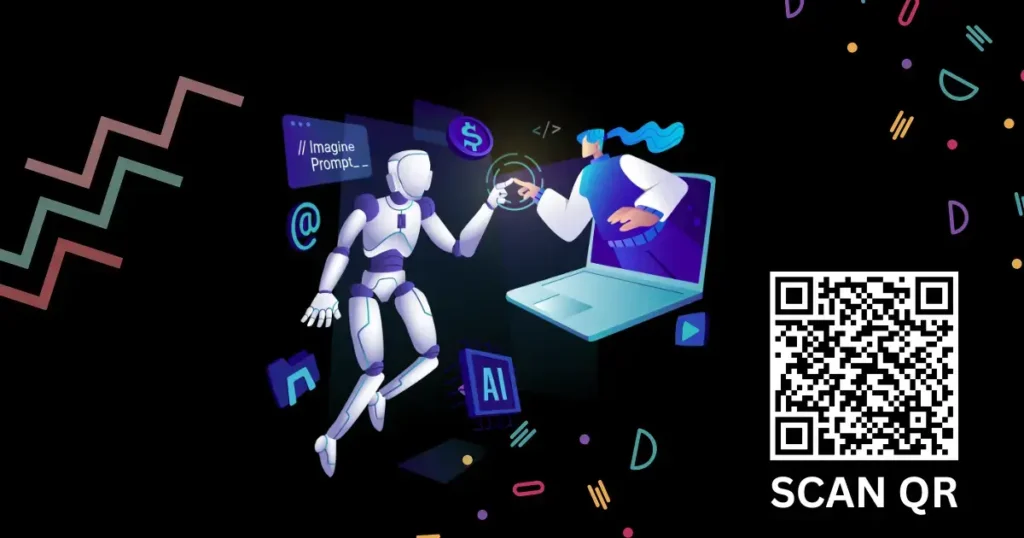Home / B.Tech First Year / Computer Science / Artificial Intelligence for Engineering

Discover the transformative odyssey of Artificial Intelligence (AI) – a force reshaping industries and interactions. Journey through its evolution, approaches, ethics, and mesmerizing applications.
Today, AI’s multidimensional prowess shapes industries and interactions, promising a future where human ingenuity and artificial intelligence coalesce. As we navigate this transformative landscape, embracing ethical considerations and leveraging AI’s potential, we embark on a collective endeavor that propels us toward a world enriched by the seamless integration of human and machine capabilities.
AI refers to the simulation of human intelligence processes by machines, enabling them to perform tasks that typically require human intelligence, such as problem-solving, learning, and decision-making.
AI has evolved from early symbolic reasoning to modern machine learning and deep learning techniques, driven by advancements in computing power, algorithms, and data availability.
AI encompasses symbolic AI, which uses logic and rules, as well as machine learning, which enables systems to learn from data. Deep learning, a subset of machine learning, employs neural networks with multiple layers.
AI knowledge empowers engineers to design and develop intelligent systems, enhance automation, and innovate across industries. It’s crucial for staying competitive in a technology-driven world.
Data fuels AI’s learning process. Quality data and effective data processing are essential for training accurate and robust AI models.
Data processing involves stages like data collection, cleaning, preprocessing, and transformation. These steps refine raw data into meaningful insights.
Neural networks are AI models inspired by the human brain’s structure. Deep learning involves multi-layered neural networks that autonomously learn complex patterns from data.
NLP enables machines to understand and generate human language. It powers applications like speech recognition, chatbots, and language translation.
AI revolutionizes industries by automating tasks, enhancing decision-making, and enabling innovative applications, from healthcare diagnostics to autonomous vehicles.
Ethical concerns include algorithmic bias, job displacement, privacy, and AI’s potential to replicate human behavior. Responsible AI development and deployment are crucial to address these issues.